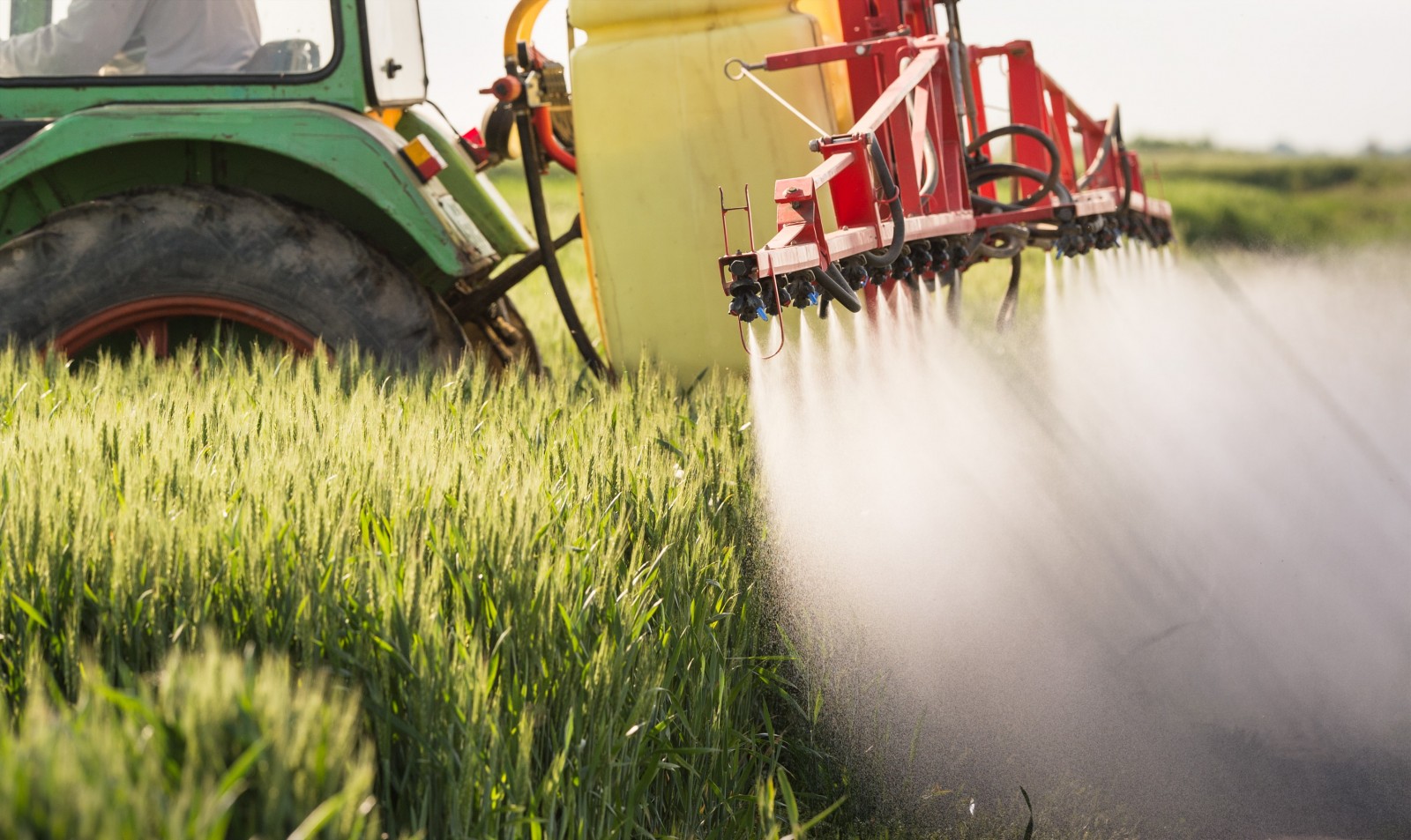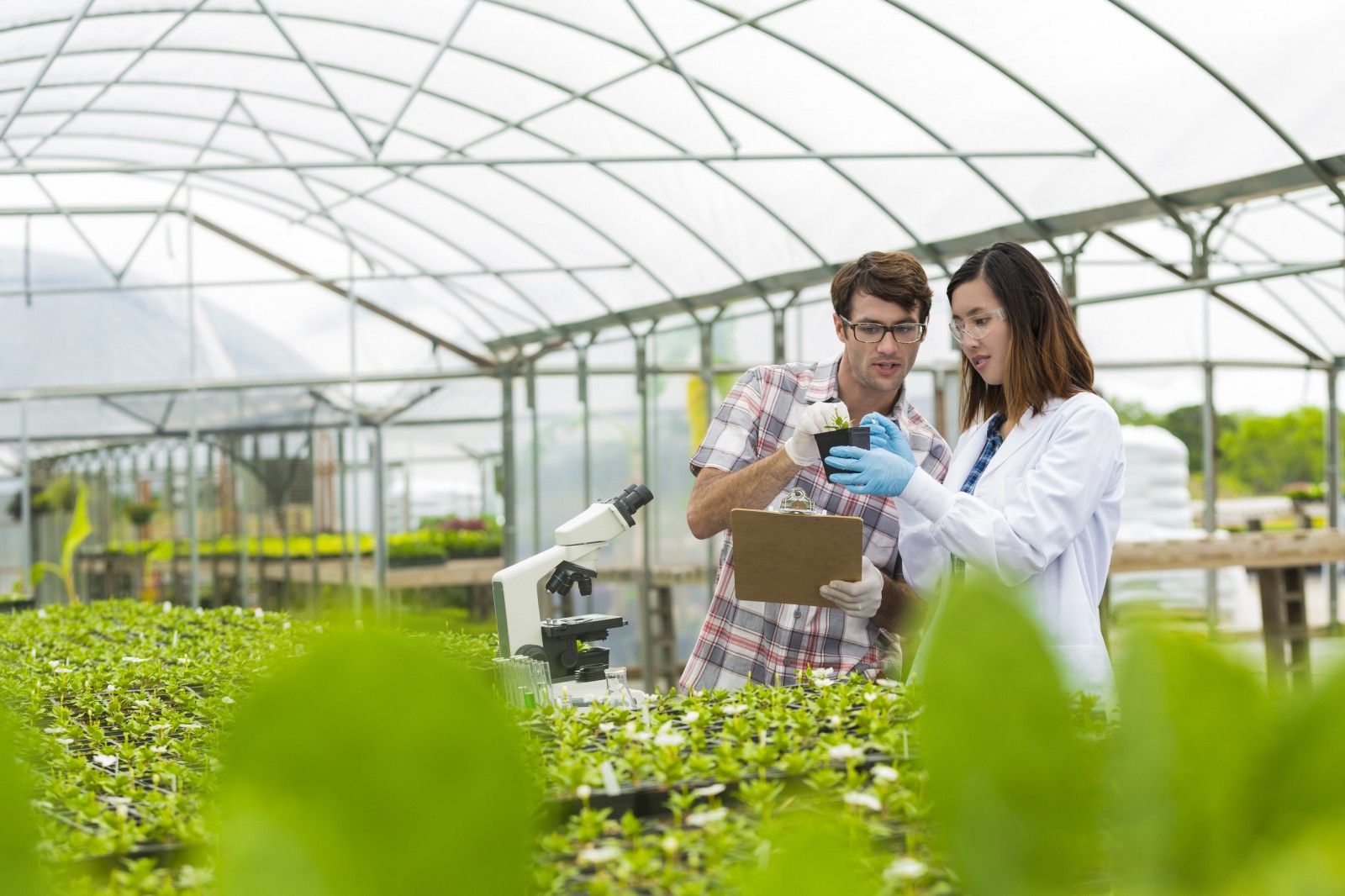
Solvents: solving the struggle for sustainability
Submitted by:
Sara Waddington
Biobased solvents, such as those derived from lactate esters, are a solution for safer, more sustainable agrichemicals.
After some years of market decline, the agrichemicals market rebounded in 2017 and the outlook for the coming years is positive; 3% growth is expected for 2018. The ongoing need for innovative agrichemical products results from the various challenges farmers are facing to ensure supply to a quickly expanding population. Key barriers to farmers providing high-quality yields are increasing crop losses through pest attacks and lack of available arable land as result of urbanisation and desertification.
While this provides an ongoing demand for new agrichemical products, a growing concern on the potentially negative effects of agrichemicals on human health and the environment has led to more stringent regulations across the world. The reduction of toxicological classification of agrichemical formulations is therefore a key driver for new formulation development in the industry, as well as an ongoing challenge for formulators.
Furthermore, as regulatory scrutiny pushes manufacturers to look for alternative ingredients, it is expected to open the market for more sustainable, safer ingredients, such as green solvents.

Growing need for AI combinations
In the latter half of the last century, there have been remarkable developments in new agrichemical active ingredients (AIs) and formulations. Since the 1960s, many synthetic AIs have been introduced to the market to control a wide range of weeds, pests and fungal diseases. However, in recent decades, the number of new molecules brought to the market has decreased, because the cost of development and the time to market has increased.
In addition, with government regulatory authorities introducing new controls and legislation, manufacturers are currently under pressure to reformulate existing synthetic agrichemicals, using reduced-risk ingredients. The fact that the EU has recently banned neonicotinoids – the world’s most widely used group of insecticides – gives an indication of the direction the market is taking. Most government regulatory authorities now demand that formulations are cleaner and safer for the user, as well as minimising their impact on the environment. AI combination formulations therefore offer great potential, enabling farmers to better control multiple pests, weeds and fungal diseases, with less complexity for the preparation of spray tanks.

The current benchmark
Emulsifiable concentrates (ECs) are widely used in agrichemical formulations. These comprise at least one AI, a solvent or blend of solvents, surfactants (emulsifiers) and possibly adjuvants. Easy to prepare, the procedure only consists of mixing the ingredients together. In addition, EC formulations are simpler to develop and scale-up, therefore offering a quick route to market: an appealing prospect for many formulators looking to introduce an AI or combination of multiple AIs to the market.
Dispersible concentrates (DCs) are similar to EC formulations. In this case, the difference is that the solvent is water soluble. When the formulation is diluted in water, instead of an emulsion being formed, dilution of the solvent causes the AI to precipitate and be dispersed by the surfactant system (dispersing agents).
In some instances, DCs are wrongly classified as ECs because macroscopically a dispersion may appear similar to an emulsion.
The most common solvents present in these formulations are derived from petrochemicals, such as aliphatic paraffinic oils, aromatic solvents (hydrocarbons), alcohols and ketones. Examples include ethylbenzene, N-methyl-2- pyrrolidone (NMP), cyclohexanone and dimethyldecanamide (DMD). Although effective, particularly in terms of solvency, the inclusion of these chemicals can have significant drawbacks. For example, they contribute to volatile organic compound (VOC) emissions, which can pose a threat to human health and harm the environment.
Furthermore, some of them are classified as hazardous air pollutant (HAP) substances (for example, ethylbenzene). As such, they are considered toxic to users and farmers, as well as being phytotoxic to crops in some cases. In addition, these solvents are generally derived from fossil resources.

Biobased solvents
There is no standard definition of green or biobased solvents. As a result, these terms are often used interchangeably. The definition used here refers to green or biobased solvents that are produced from renewable resources, are biodegradable, non-corrosive and non-toxic.
In the right formulation, such solvents can add significant value to formulations, helping to restrict the harm caused by insects, weeds and fungus. Using biobased solvents can help to improve operator safety, particularly given the risks that various petrochemical solvents pose.
Meeting the highest safety standards
Safety is a significant factor in the development and use of agrichemical formulations. Getting new agrichemical formulations registered and to market as quickly as possible is critical to profitability.
In recent years, water-based formulations, such as suspension concentrates (SCs) and water dispersible granules (WGs), which typically have a reduced impact on the environment, have been the innovation focus in the industry, resulting in many solvent- free formulations. However, they demand more development time, as well as scale-up time
and investment for production.
In contrast, EC formulations are simpler to develop and faster to scale-up. For example, lactate ester technology is increasingly being used in many industrial applications, including agrichemicals. Lactate esters are derived from natural lactic acid via the processing of agricultural crops – an example is ethyl lactate, produced from fermented corn starch. There is evidence showing that lactate ester solvents can enhance herbicide efficacy, performing similarly to adjuvants. This increased efficacy – or adjuvancy effect – plus the fact that they do not exhibit phytotoxic effects when applied for fungicides, are additional benefits of these solvents. As such, lactate esters are well placed to fill the gap in the market for sustainable solvents.
